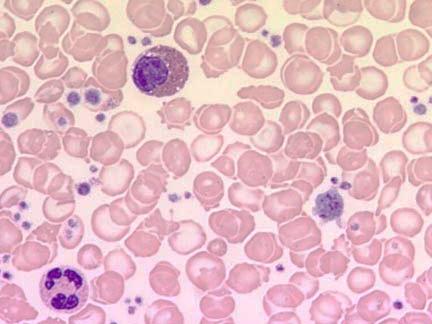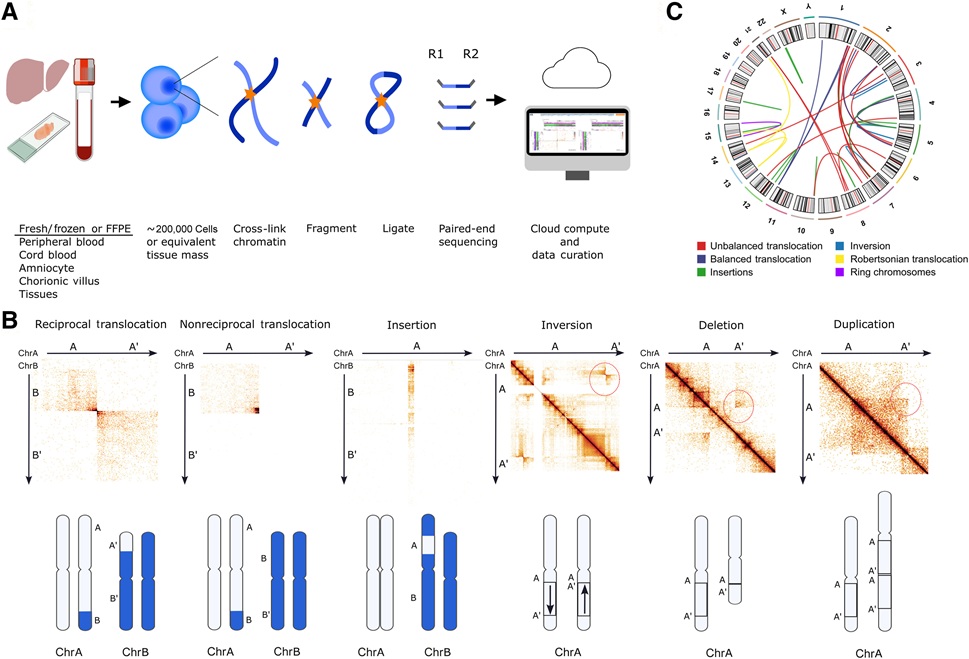Elevated Levels of Vitamin B12 May Indicate Cancer Risk
By LabMedica International staff writers
Posted on 05 Dec 2013
A substantial proportion of patients referred for plasma vitamin B12 (cobalamin [Cbl]) measurement present with high Cbl levels, which have been reported in patients with different cancer types.Posted on 05 Dec 2013
Vitamin B12 is essential for maintaining healthy bodily function, but higher than normal levels using a reference range of 200 pmol/L to 600 pmol/L may indicate that a patient is at risk of developing certain cancers.

Image: Blood slide from a patient with polycythemia vera associated with excess vitamin B12 levels (Photo courtesy of Dr. Ulrich Josef Woermann).
Scientists at the Aarhus University Hospital (Denmark) conducted a cohort study using population-based Danish medical registries. They reviewed the records of 333,667 patients without cancer who had been referred for Cbl testing to estimate the incidence of cancer in this population from 1998 to 2010. Patients referred for Cbl measurement with levels greater than the lower reference limit of equal to or greater than 200 pmol/L were identified from the population.
Of the patients included in the study, 19,665 (6%) had levels greater than the upper reference limit of greater than 600 pmol/L. The total number of person-years of follow-up was 1,421,512 and median follow-up time was 3.5 years. The median age was 55.1 years. The distribution of outpatients and inpatients was 276,229 (83%) and 57,438 (17%), respectively. A total of 22,652 (7%) patients in the study cohort subsequently developed cancer during the period from 1998 to 2010.
The investigators found that the risk of cancer overall increased with higher Cbl levels, especially during the first year after measurement and for those with levels greater than 800 pmol/L. They also found that after five years of follow-up, the risk for hematological and alcohol and smoking-related cancers remained high for those with levels greater than 800 pmol/L. The cancer risk remained elevated after the first year of follow-up for liver, pancreatic, lung cancer, and myeloid malignancies, with highest standardized incidence ratios observed for patients with Cbl levels greater than 800 pmol/L.
The authors concluded that high plasma Cbl levels increased the risk of subsequently diagnosed cancer, mostly within the first year of follow-up. However, this association was not present for all cancer types. Although their results may have clinical implications for interpreting high Cbl levels, further studies are warranted to examine the possible diagnostic value of high plasma Cbl levels. The study was published on November 18, 2013, in the Journal of the National Cancer Institute.
Related Links:
Aarhus University Hospital














